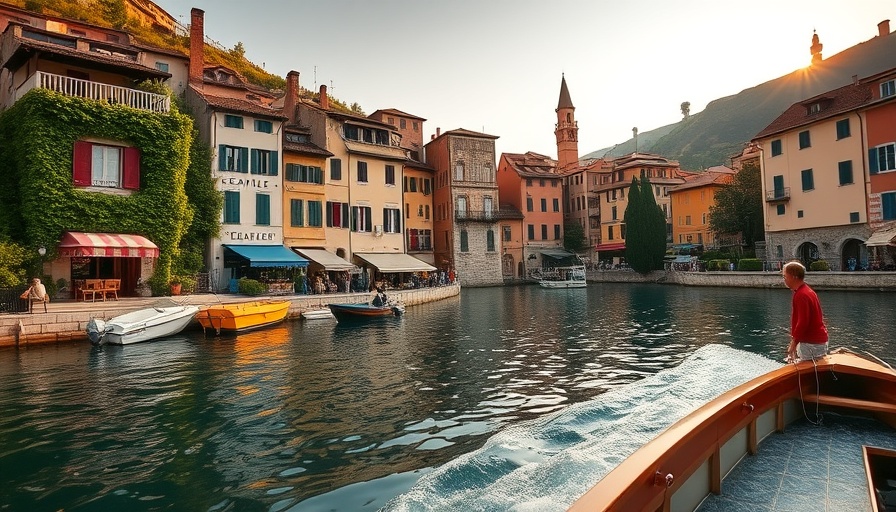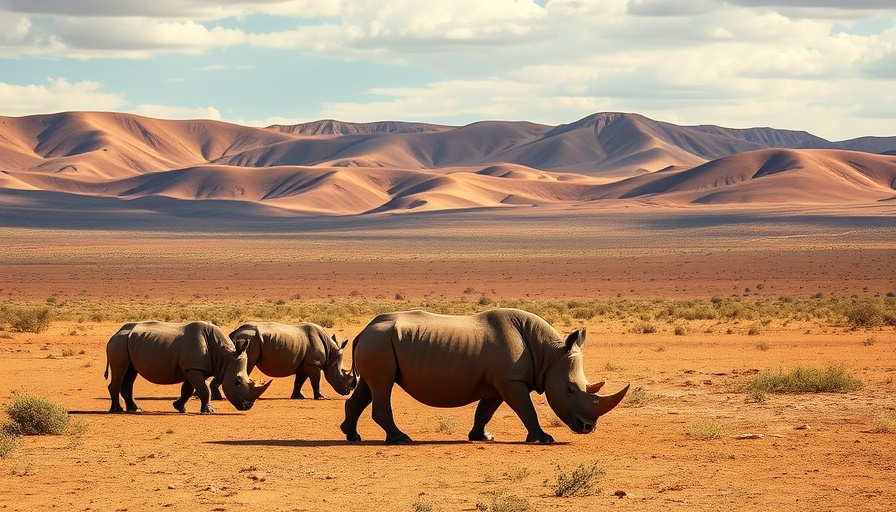
A Culinary Gem Hidden in Spain's Heart
When most people think of vibrant Spanish food scenes, cities like Barcelona or Madrid often come to mind. Yet, tucked away in the interior of Spain lies Astorga, a hidden gem that has perfected the art of gastronomy. A city steeped in history and culture, Astorga tantalizes the taste buds with an array of dishes that showcase the region's culinary richness.
A Journey Through Astorga's Flavors
Astorga, located in the autonomous community of Castilla y León, offers a unique culinary journey through its local markets, charming restaurants, and bars. The city’s traditional dishes, including morcilla (blood sausage) and cochinillo (suckling pig), reflect the abundance of regional ingredients and centuries of gastronomic tradition.
In addition to hearty fare, Astorga is renowned for its dessert offerings. The local chocolate industry, with its deep roots dating back to the exploration of the Americas, produces some of the finest chocolates in Spain. Visitors can indulge in sweet treats like mantecadas (soft cakes) and neules (thin wafers), both beloved by locals and travelers alike.
Exploring the Historic Roots of Astorga's Cuisine
The city’s culinary prowess can be traced back through the ages, influenced by its rich history. Originally settled by the Romans, Astorga has welcomed various cultures, which have all contributed to its eclectic food scene. The influence of local traditions combined with modern culinary techniques creates a unique dining experience that captures the essence of Astorga.
Dining in Astorga is not merely about satisfying hunger; it's a cultural experience. Tourists often find themselves in cozy taverns where locals gather to share stories over plates of pimientos asados (roasted peppers) and savory stews. This vibrant social fabric adds a layer of connection that’s sometimes missing in larger cities.
Astorga on the Camino de Santiago
For those walking the Camino de Santiago, Astorga represents not just a stopover but a chance to savor the local cuisine deeply. As pilgrims make their way through this part of Spain, they do so not only for spiritual reasons but also for the culinary delights that await them. The city has become a vital part of the pilgrimage, providing refreshment and sustenance to weary travelers.
Throughout the year, Astorga hosts numerous food festivals that celebrate local gastronomy. These events, blending traditional music, dance, and food, allow tourists and locals alike to immerse themselves in the region's culture while sampling the best of what Astorga has to offer.
The Future of Astorga’s Culinary Scene
As Astorga continues to grow as a foodie destination, one can expect its culinary landscape will evolve. With new chefs bringing innovative ideas while respecting traditional cooking methods, the future of Astorga's food scene looks promising. There is also a rising interest in organic and locally-sourced ingredients, which could play a significant role in future culinary trends.
Travelers should keep Astorga on their radar – its cuisine has a story to tell, one that goes beyond just taste and dives into the very fabric of Spanish history and culture.
Actionable Travel Tips for Food Lovers
If you're planning a trip to Astorga, here are some practical tips that will help you fully experience its culinary offerings:
- Try Local Specialties: Don't miss out on sampling morcilla and local cheeses—you won't regret it!
- Join a Cooking Class: Engage with knowledgeable chefs who can teach you the secrets behind traditional recipes.
- Visit a Local Market: Exploring the markets is a fantastic way to see what's in season and to meet local suppliers.
With its rich history, amazing food, and welcoming atmosphere, Astorga is poised to become a beloved destination for food enthusiasts and travelers looking for authentic experiences.
 Add Row
Add Row  Add
Add 



Write A Comment